By Gnostic Masonic Author, Hank Kraychir @ Gnosis Masonry

To truly understand English Masonic history, an important link in its lineage must be studied. This link is generally referred to as the Collegia, which can be traced back to 1000 BC. In fact, prominent Masonic author Joseph Newtonwrote in his book, The Builders (1914), about the Collegia on page 112:
With the conquest of Britain by the Romans, the Collegia, without which no Roman society was complete, made their advent into the island, traces of their work remaining even to this day. Under the direction of the mother College at Rome, the Britons are said to have attained to high degree of excellence as builders, so that when the cities of Gual and the fortresses along the Rhine were destroyed, Chlorus, A.D. 298, sent to Britain for architects to repair or rebuild them. Whether the Collegia existed in Britain after the Romans left, as some affirm, or were suppressed, as we know they were on the Continent when the barbarians overran it, is not clear. Probably they were destroyed, or nearly so, for with revival of Christianity in 598 A.D., we find Bishop Wilfred of York joining with the Abbott of Wearmouth in sending to France and Italy to induce Masons to return and build in stone, as he put it, ‘after the Roman manner.’ This confirms the Italian chroniclists who relate that Pope Gregory sent several of the fraternity of Liberi muratori with St. Augustine, as, later, they followed St. Boniface into Germany.
Therefore, the Collegia were Roman Masons, who brought their craft with them to Britain when they ruled it. But the Collegia was different from the other building guilds; as you will soon discover. You see, they held many of the same beliefs we in the Craft do today. But in order to truly understand the Roman Collegia, we must go back a little further to the Greek culture, which influenced the development of Roman culture, which H. L. Haywood wrote about:
The great majority of Greek Collegia were organized about the worship of some god or hero. Religion was a public activity controlled by the state and consequently was formal in its character; many men and women, feeling the need for something more emotional, organized themselves into cults for the private worship of their favourite gods, and these organizations were often collegiate in form. It is believed that the famous Orphic mysteries, so often described by Masonic writers, were begun in this manner. Collegia of worshippers of Bacchus existed in the second century; there is a record of such a collegium dated 186 B.C. These and other Greek collegia were called by various names, thiassoi, hetairai, etc.

Thus, the Greeks had a Collegia system as well; a system that revolved around the worship of a Deity. This meant that despite the fact a Collegiawere Masons, it still had a spiritual component to it. As such, the Romans incorporated the Greek Collegia system, and as their culture grew and prospered, it spread throughout the empire. Yet, this created some familiar problems that we have seen throughout history, it falling out of favor, as H. L. Haywood described:
Among the Romans collegiate associations were so old that legend attributed their founding to Numa, the second of the traditional Roman kings, and there is a mention of collegia in the Twelve Tables. These organizations flourished unhampered until after the beginning of the first century B.C., during which time some opposition began to develop among Roman law makers. In 64 B.C. they were forbidden for a while, with the exception of a few of a religious character, but in 58 a Clodian law once again permitted them. This law was set aside only two years afterwards. Julius Caesar in his turn forbade them all, except Jewish associations of worship, on the ground that they dabbled too much in politics. When Augustus became emperor he espoused the cause of the collegia and caused to be adopted an imperial statute that came to stand as the foundation of all jurisprudence having to do with them and with similar organizations. The Emperor Marcus Aurelius was the greatest friend the collegia ever had.

Therefore, the Roman Collegia became a powerful organization, and with this power came problems that we have seen throughout the history of Masonry. Now we know why Masonry has chosen, for the most part, to forbid involvement in politics, etc. It has almost always turned out badly for the Craft, like it did for the Collegia of Rome.
More specifically, Newton (p. 81) claimed the Collegia was afunerary/charitable organization, similar to Masonry today:
Most of the Collegia became funerary and charitable in their labors, humble folk seeking to escape the dim, hopeless obscurity of plebeian life, and the still more hopeless obscurity of death. Pathetic beyond words are some of the inscriptions telling of the horror and loneliness of the grave, of the day when no kindly eye would read the forgotten name, and no hand bring offerings of flowers. Each collegium held memorial services, and marked the tomb of its dead with the emblems of its trade: if a baker, with a loaf of bread; if a builder, with a square, compasses, and the level.

And after reading this next section from Newton’s book (p. 83), the following picture (below) from Pompeii, which has circulated the internet for years, will make sense:
Of the emblems of the Collegia, it is enough to say that here again we find the simple tools of the builder used as teachers of truth for life and hope in death. Upon a number of sarcophagi, still extant, we find carved the square, the compasses, the cube, the plummet, the circle, and always the level. There is, besides, the famous Collegium uncovered atthe excavation of Pompeii in 1878, having been buried under the ashes and lava of Mount Vesuvius since the year 79 A. D. It stood near the Tragic Theater, not far from the Temple of Isis, and by its arrangement,with two columns in front and interlaced triangles on the walls, was identified as an ancient lodge room. Upon a pedestal in the room was found a rare bit of art, unique in design and exquisite in execution, now in the National Museum at Naples. It is described by S. R. Forbes, in hisRambles in Naples, as follows:
It is a mosaic table of square shape, fixed in a strong wooden frame. The ground is of grey green stone, in the middle of which is a human skull, made of white, grey, and black colors. In appearance the skull is quite natural. The eyes, nostrils, teeth, ears, and coronal are all well executed. Above the skull is a level of colored wood, the points being of brass; and from the top to the point, by a white thread, is suspended a plumb-line. Below the skull is a wheel of six spokes, and on the upper rim of the wheel there is a butterfly with wings of red, edged with yellow; its eyes blue… On the left is an upright spear, resting on the ground; from this there hangs, attached to a golden cord, a garment of scarlet, also a purple robe; whilst the upper part of the spear is surrounded by a white braid of diamond pattern. To the right is a gnarled thorn stick, from which hangs a coarse, shaggy piece of cloth in yellow, grey, and brown colors, tied with a ribbon; and above it is a leather knapsack… Evidently this work of art, by its composition, is mystical and symbolical.
Here is a picture of the description above; I am more than certain many of the more informed readers of this blog have seen it before. This mosaic is from a Collegia (lodge) room. The only reason it still exists today, and was not destroyed by countless Orthodox purges, is because it was buried in volcanic ash when Mount Vesuvius erupted in 79 AD, which made it unreachable for about 1800 years.

Therefore, the above photo of the Pompeii Mosaic that was buried in 79 AD, came from a Collegia (lodge) room, and is visible proof that this ancient organization is linked to Masonry today. One must simply look at the symbols within the Mosaic and break them down allegorically.
For those people who don’t understand the concept of an allegory, a short definition will help you better understand how it is used within Masonry,
I took the liberty of allegorically breaking down the above Mosaic photo, and relating it to the above description. I highlighted a relatable point, followed by a Masonic description:
1. “a human skull, made of white, grey, and black colors.”
The human skull is a Masonic symbol of mortality.
2. “Above the skull is a level of colored wood, the points being of brass; and from the top to the point, by a white thread, is suspended a plumb-line.”
The level and plumb are used in Masonic ritual.
3. “a wheel of six spokes.”
A circle is a Masonic emblem of Deity; without beginning or end.
4. “its eyes blue.”
Blue is the color of the craft lodge.
5. “attached to a golden cord, a garment of scarlet, also a purple robe.”
All of which are Masonic colors of instruction and rank.
6. “the spear is surrounded by a white braid of diamond pattern.”
In Masonry, sharp instruments are used as working tools and as symbols.
7. “To the right is a gnarled thorn stick”
A thorn stick may be an indirect link to the Acacia plant.
8. “Evidently this work of art, by its composition, is mystical and symbolical.”
The author made a great synapsis of the Collegia Pompeii Mosaic.
And for those who want further substantiation of my allegorical breakdown, here are the words of G. W. Baird, P.G.M., District of Columbia:
It is a mosaic table top, or altar top, which was situated in the center of a rectangular room, exactly as Masonic Altars have ever been erected in lodge rooms. The workmanship is excellent, and the coloring, when the discovery was made, was bright and fresh, but has probably faded some, as all the Pompeii colors have done. Mural paintings, so many of which have been found in those ruins, have all suffered the same fate.
This beautiful mosaic, which is believed to be the top of the altar, shows a large square, above deaths head, with a plumb line from the angle of the square to the middle point of the crown of the head. From each arm of the square there is suspended a robe; one was scarlet, the other purple, which are distinctive colors used in the Royal Arch degree. Below the chin of the head is a butterfly, beautifully colored, and under the butterfly is a circle, that Masonic emblem of Diety, without beginning or end.
In addition to this there were found, in the same room, several articles inherent in Blue and in Royal Arch Masonry, a little urn, which is believed to be the pot of manna, a setting maul, a trowel, a spade, a small chest, thought to be an imitation of the ark of the covenant, andsmall staff, thought to be phallus. These evidences, potent as they are, are confirmed by the inscription over the door of the house, which is DIOGENE SEN, which means Diogenes the Mason.

Now, in the last sentence from the above quote, we see the name Diogenes, this may have been a direct reference to the Greek Philosopher Diogenes of Sinope (412 BC to 323 BC)?

In conclusion, the Roman Collegia, like the Greek Collegia before it, were ancient Masons (Free-Masons). However, unlike other building guilds, they were spiritually trained; and even after the Roman empire became a Christian empire, it retained its spiritual component. And even after the Romans left Britain, the island was still influenced by the Church of Rome, which did not disband the Collegia, but instead molded it into a Christian order, and used for it own purposes. This spiritual facet is a significant component that must not be neglected, for it is the hook or link between ancient Masons and today’s Masons.
So Mote It Be!!!
Hank Kraychir
Author Credit
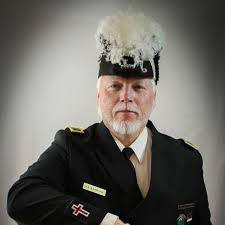 This article is by Freemason and author, Hank Kraychir. The original article can be found on his blog, Gnosis Masonry.
This article is by Freemason and author, Hank Kraychir. The original article can be found on his blog, Gnosis Masonry.
Hank is an accomplished writer of 13 books, a historian, lecturer, Master Mason, York Rite Mason, and a Knight Mason. He typicality writes historical stories about Athletic Legends; although he has also written on the topics of American Education, the American Civil War, and California History. Moreover, he has also written one Masonic themed book, which is called Tales from a Masonic Storyteller (2014). His second Masonic book, Masonry and the Three Little Pigs (2016), will be published next year.

Moe is the founder of GnosticWarrior.com. He is a father, husband, author, martial arts black belt, and an expert in Gnosticism, the occult, and esotericism.


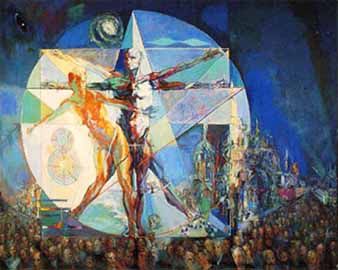
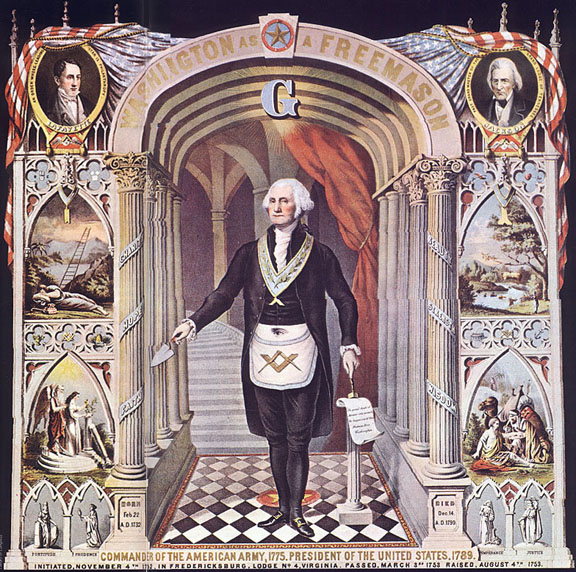
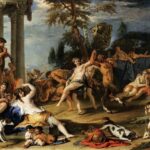
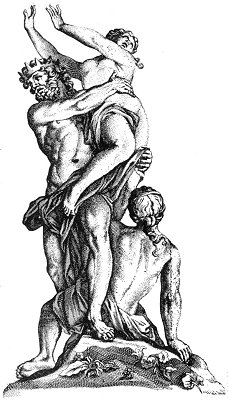
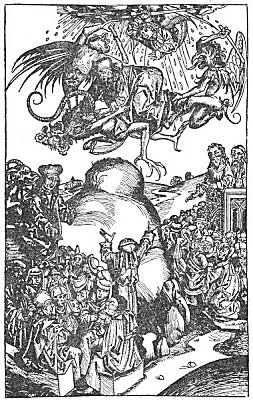
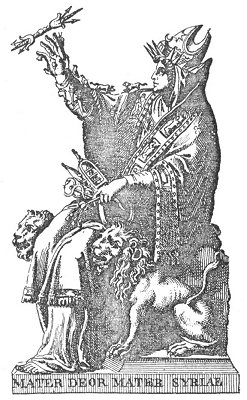
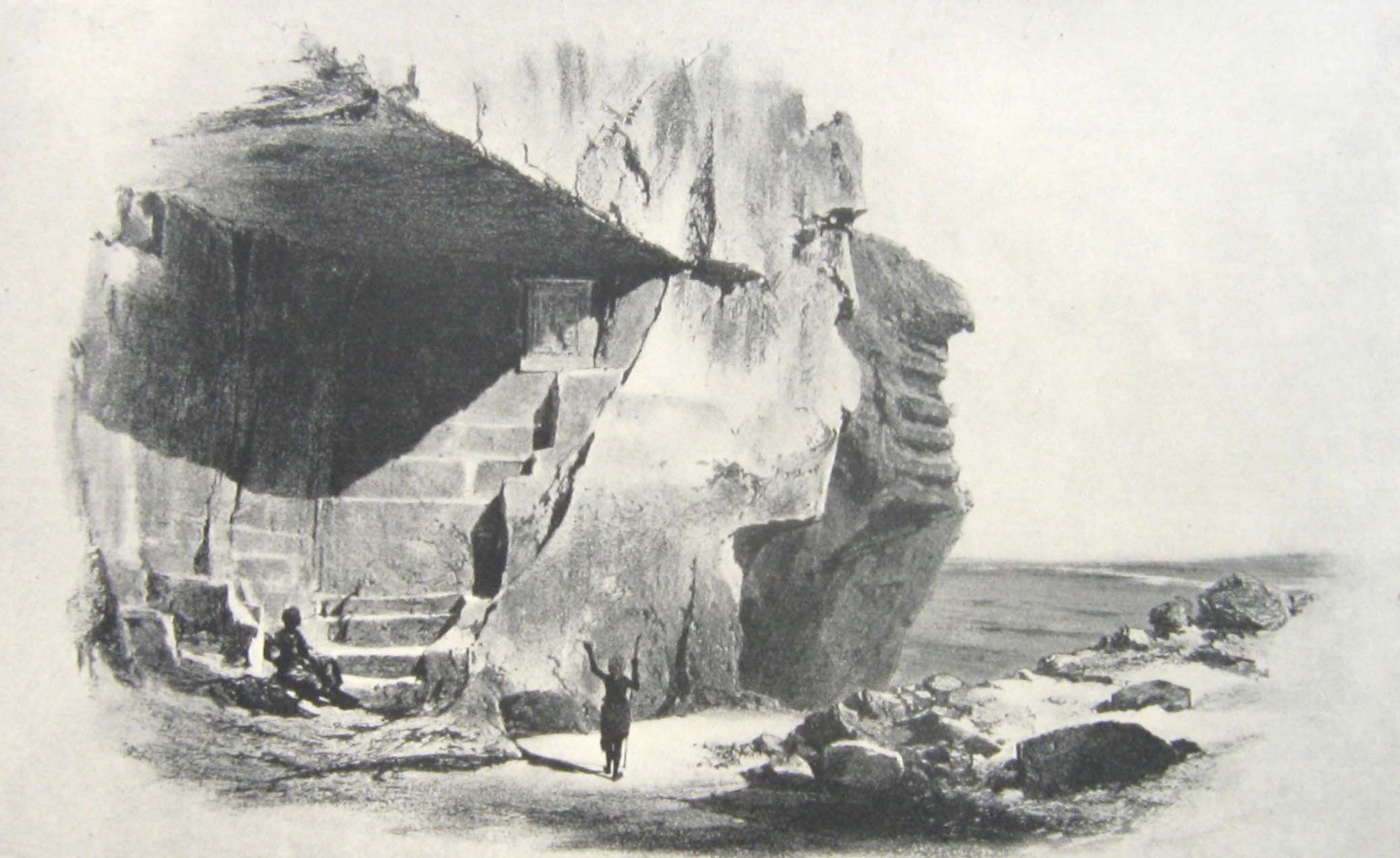
![How the East Saxons, during a pestilence, returned to idolatry, but were soon brought back from their error by the zeal of Bishop Jaruman [665 A.D.] | Book 3 | Chapter 30 How the East Saxons, during a pestilence, returned to idolatry, but were soon brought back from their error by the zeal of Bishop Jaruman [665 A.D.] | Book 3 | Chapter 30](https://www.gnosticwarrior.com/wp-content/plugins/contextual-related-posts/default.png)